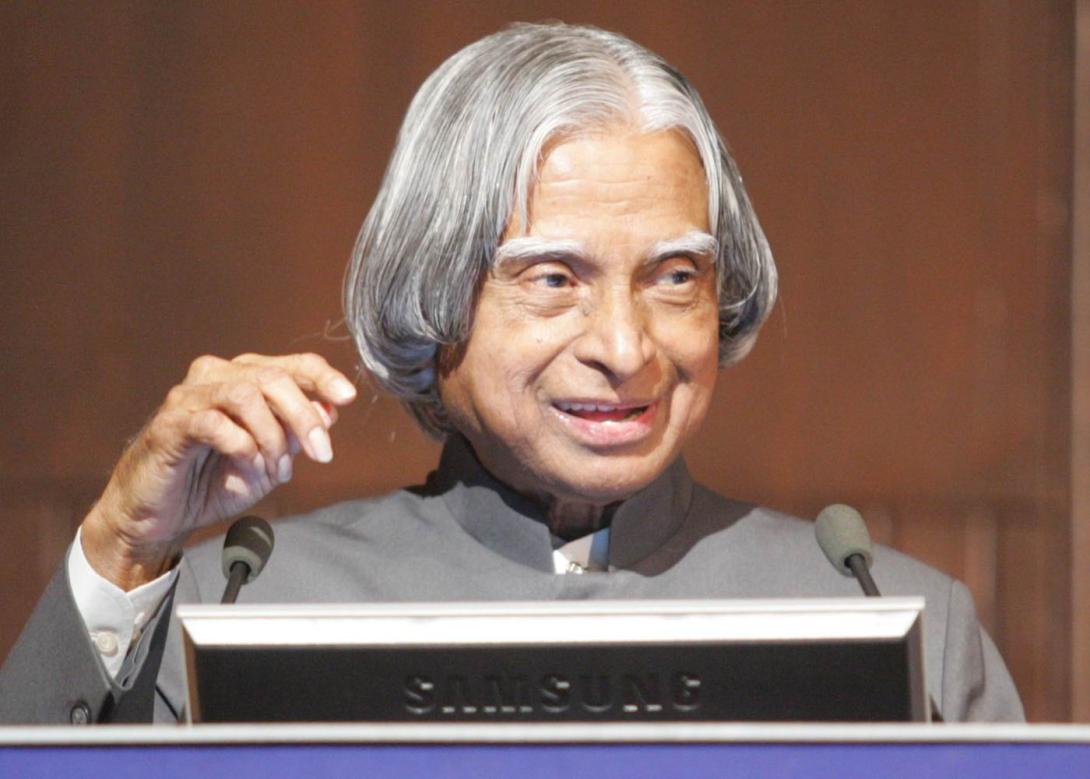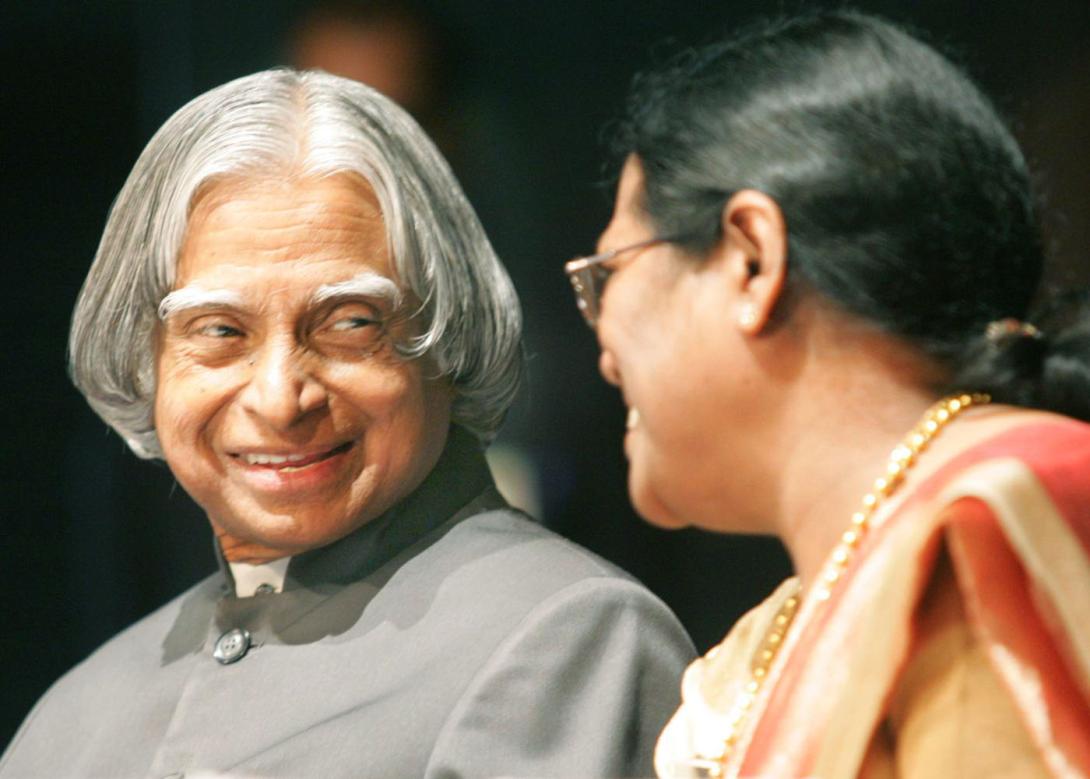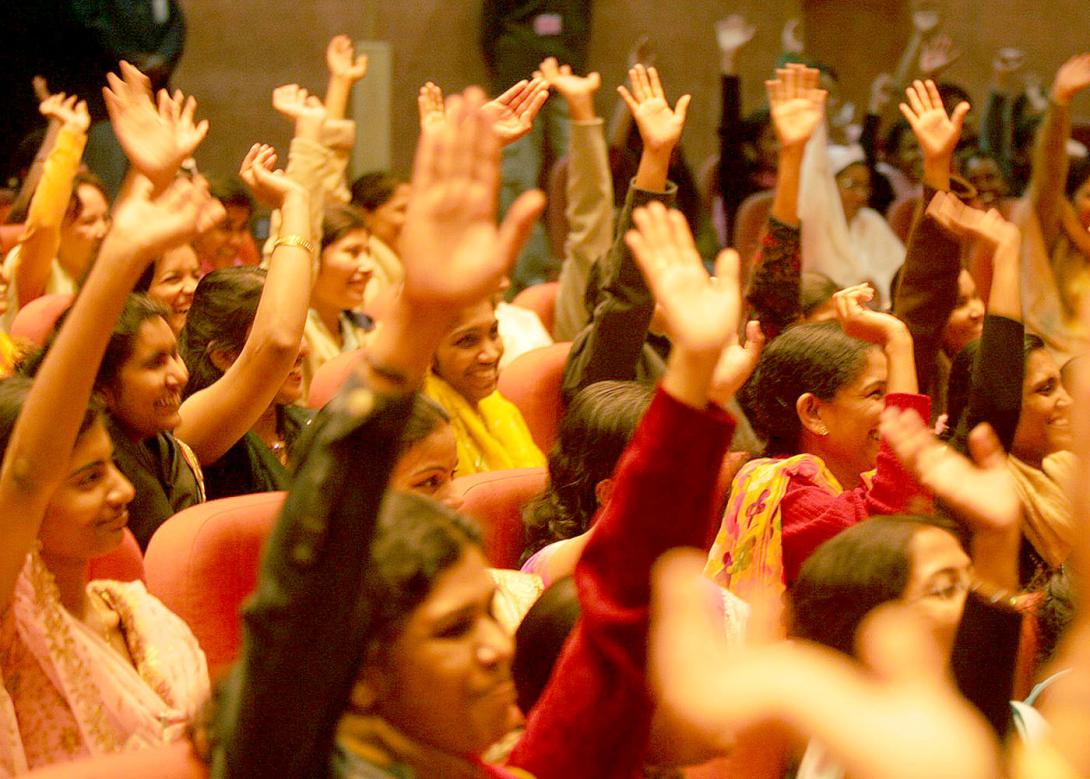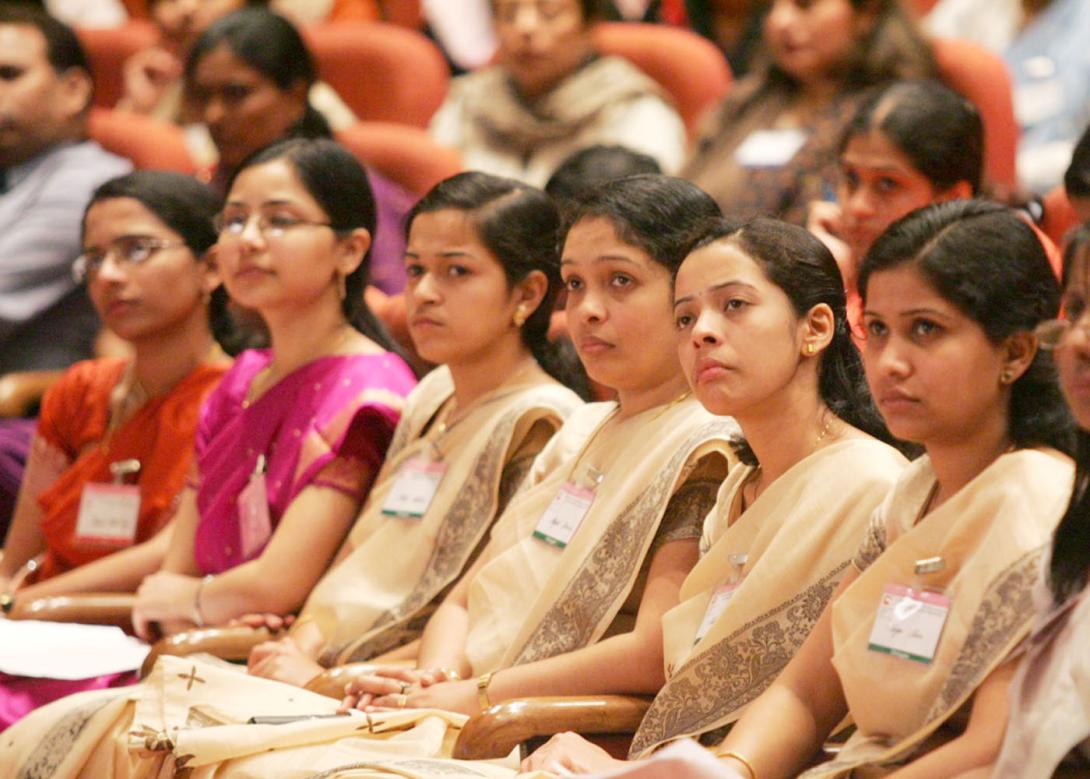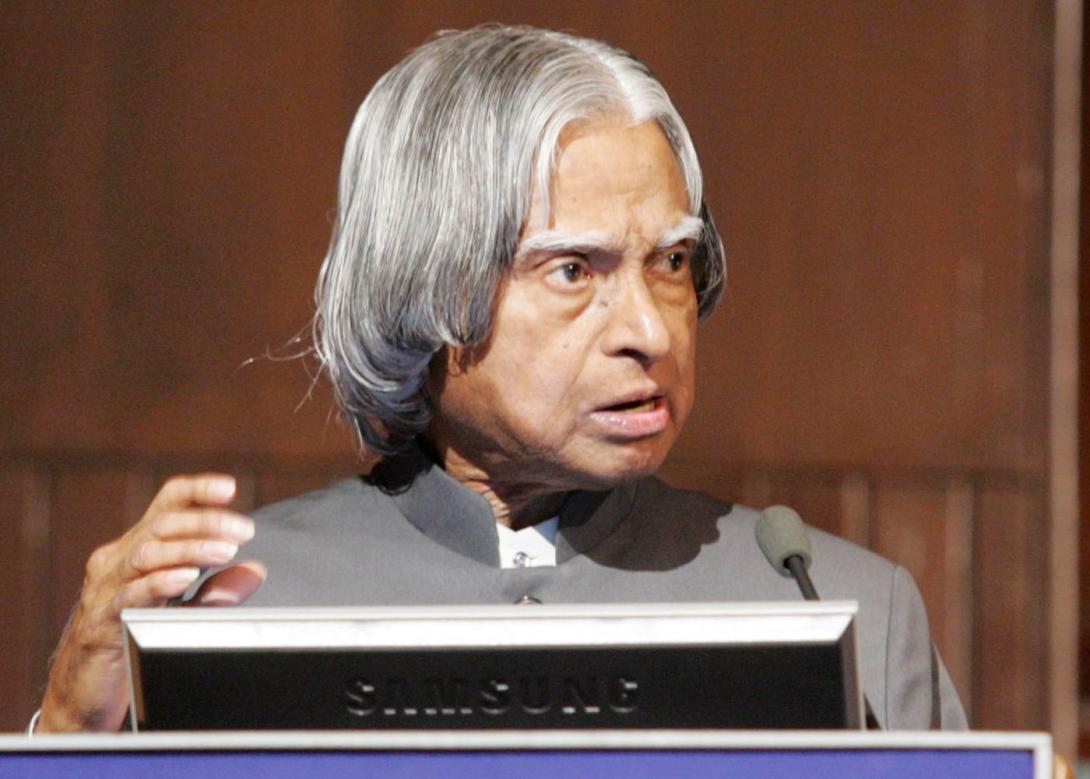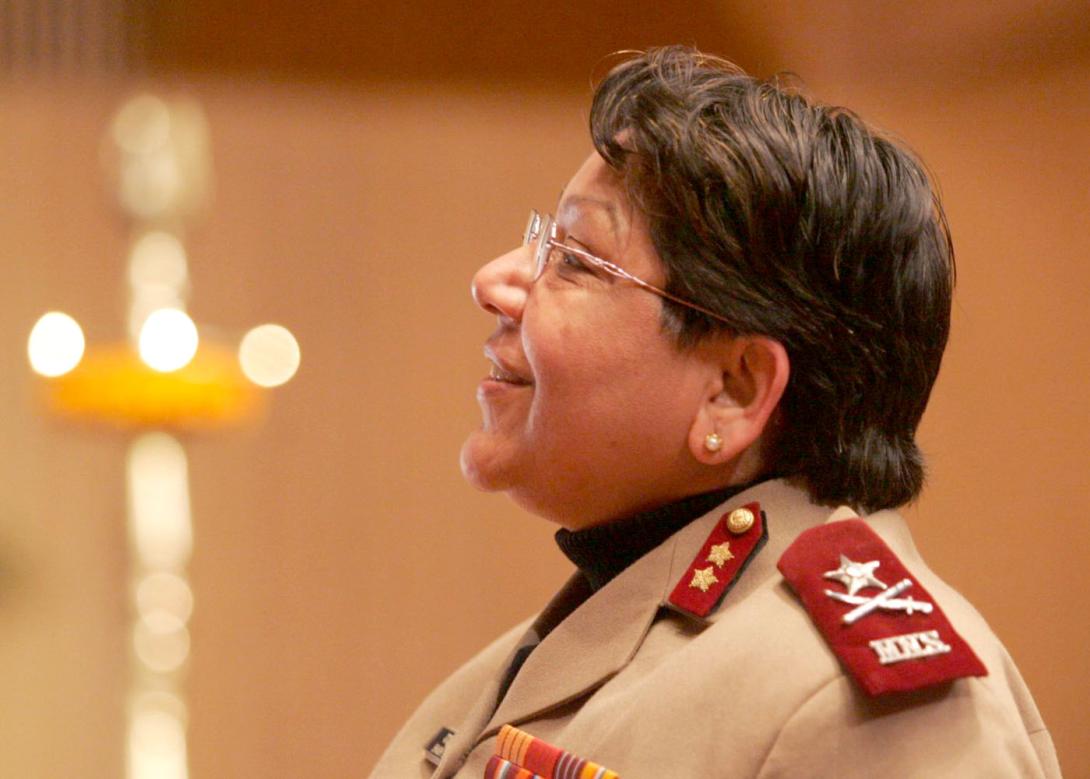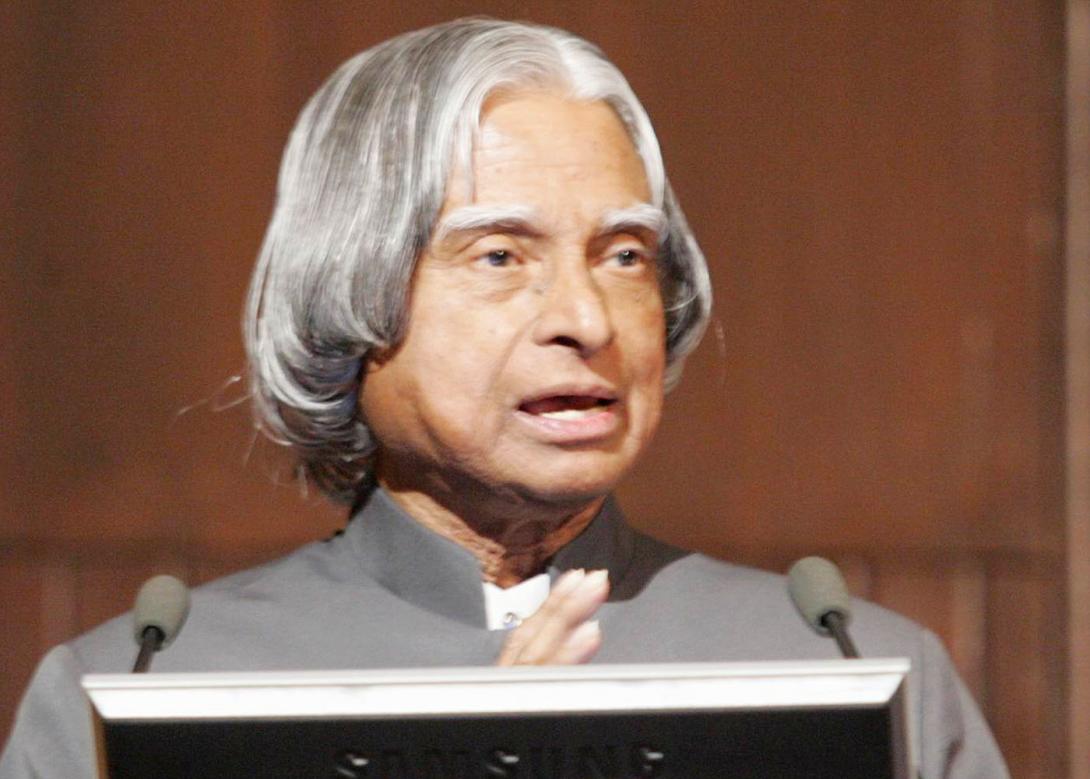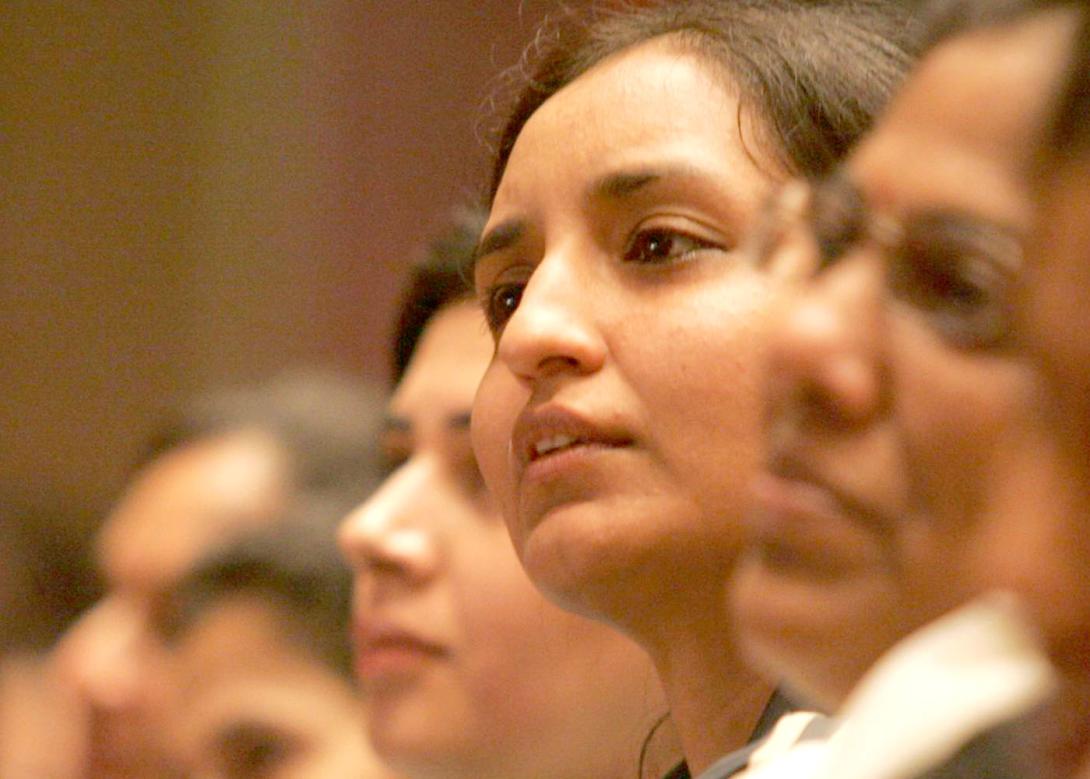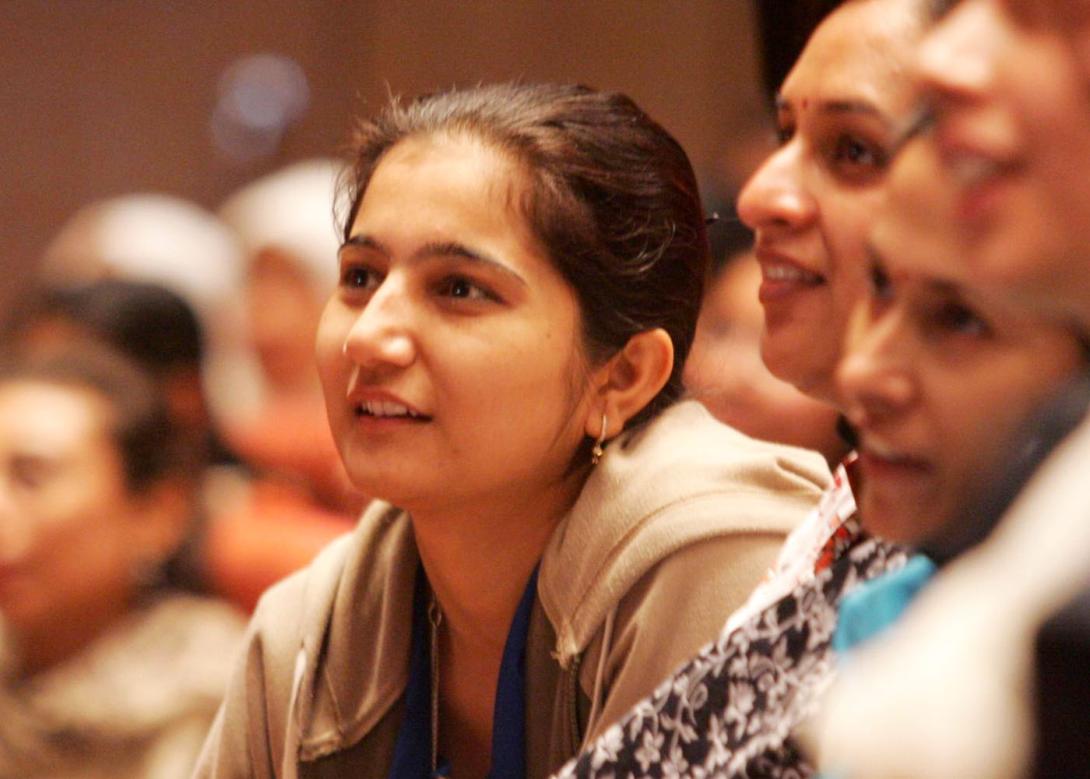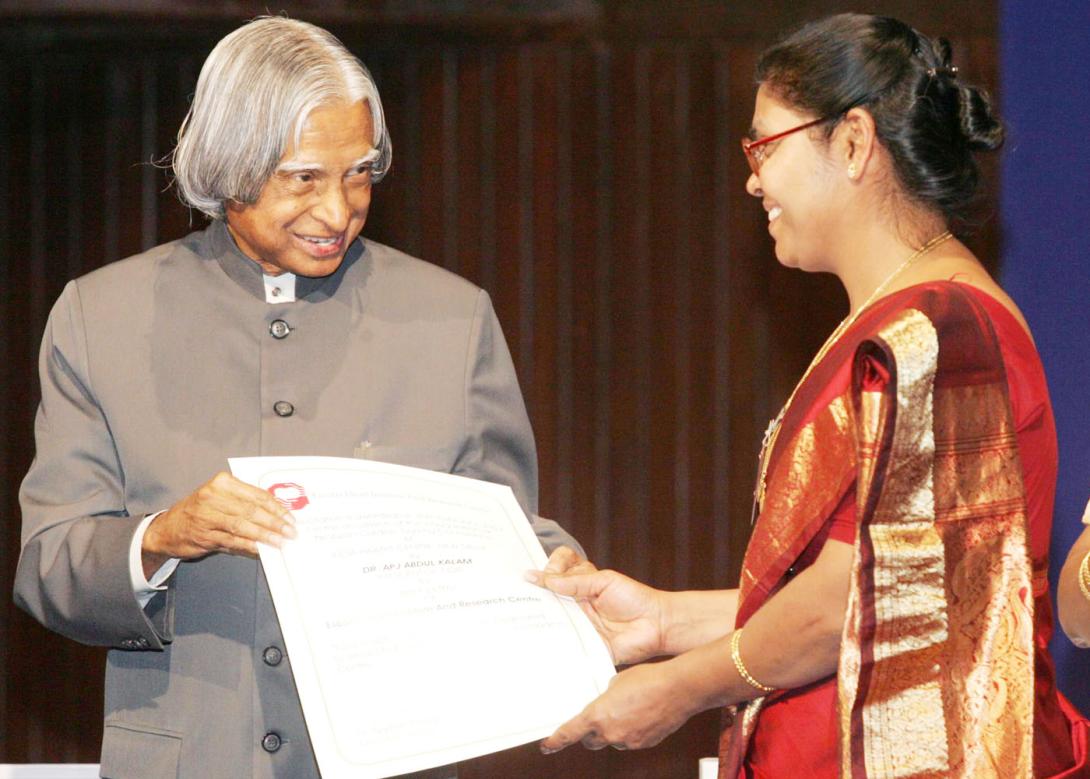Address at the Inauguration of the 7th Asian Cardiac Nursing Conference, New Delhi
New Delhi : 20-02-2007
Let my care, remove the pain
Nursing is a beautiful mission
I am happy to participate in the inauguration of 7th Asian Cardiac Nursing Conference. My greetings to the President and members of Asian Association of Cardiac Nurses, Members of Indian Nursing Community, participants from Asian countries, nursing students and distinguished guests. In a hospital when no doctors, no relatives are around the patients during night time, the nurses go around to provide consolation and relief to the patients. At that time nurses appear to be divine lights to the patients in giving treatment and confidence. I would like to share with you all, few thoughts on the topic "Let my care remove the Pain".
Before commencing my formal talk, I would like to share with you an experience, which I had in Tripura.
My Experience in Tripura
In October 2002, I inaugurated the Care Hospitals telemedicine units at the G.B. Pant Hospital, Tripura, and I interacted with patients at different centers where I came across a 13 year old boy from Kailashar, Tripura. His parents are farm laborers and even a tiny peace of land they own was sold to provide medical treatment to this boy before CARE hospital diagnosed the problem of this boy. This boy was suffering from chronic Rheumatic heart disease with severe mitral stenosis. His heart ailment was noticed three years ago, when he complained of breathlessness and chest pain. He was also coughing blood and lost weight, according to his elder brother Ismail Ali. Doctors at Agartala found that his condition was serious and needed specialized treatment which was expensive. He discontinued his studies as he couldn?t take the strain of walking down to the school or even play around with the other kids. He was taken to the CARE Hospital at Hyderabad, and was treated by Dr. B. Somaraju and Dr. Raghava Raju who carried out the balloon dilatation. I had seen the boy after the treatment by the doctors. Nursing and rehabilitation of the boy took more than a month. I saw the nurses rehabilitating the boy patiently, diligently and kindly. The entire treatment and travel expenses were borne by the hospital. The boy?s condition is being continuously monitored and he is doing fine. He has also started going to school. Now, I would like to discuss about blending care with knowledge.
Blending care with knowledge
There has been a division between the technological and scientific basis of nursing and its nurturing or caring role during the last two centuries. Nightingale believed very strongly that good nurses were the product of moral rectitude, maturity, and a deep understanding of the character traits needed to care for sick and vulnerable people. The second wave of reforms in nursing was led by Mrs. Ethel Bedford-Fenwick (1857-1947) in England, and Adams Hampton Robb (1860-1910) in America. They chose a medical model for professional nursing which emphasized education in the sciences. Mary Seacole (1805-1881) of Kingston, Jamaica became part of British History for her nursing Services during Crimean War. That is how nurses became part of Military. In 1909, Dr Ida S. Scudder started India?s first School of Nursing at Vellore, in the state of Tamil Nadu. Dr.Ida Scudder who started a single bedded hospital which has now grown into a hospital with over 2000 beds with 117 specializations. Nursing during Ida Scudder era has the combination of all the three traits as discussed.
Particularly in the 21st century nursing needs specialized treatment of cardiac nursing and other super specialty areas. Now, the nurses have to become knowledge workers because of the advancement in healthcare technologies. Today, with the rapid advancement in healthcare system and creation of specialties and super-specialties in medicine, there is definitely a need to look at the super specialties needed in nursing to compliment the doctors. In that respect formation of Asian Association of Cardiac Nurses in 1995 in B.M. Birla Heart Research Centre is a welcome move. Subsequently, Nursing Health Policy (NHP) 2002 recognized the shortage of nurses trained in super speciality disciplines for deployment in tertiary care facilities. Based on this observation, Indian Nursing Council has prepared short term syllabus for critical care nursing, emergency and disaster nursing, oncology nursing, neo-natal nursing, psychiatric nursing and neuro-nursing. They are yet to prepare and print the short term syllabus for cardio thoracic nursing, orthopedic and rehabilitation nursing and operation room nursing. It is essential to hasten the process of preparation of syllabus so that the specialists nursing training can commence fast in designated hospitals. This will enable the availability of professionally qualified nurses for treating the patients who need special care. Now, I would like to share the importance of specialists training to the nurses, for providing modern healthcare brought out in the Conference held by a Health Institute in US.
Brainstorming in John Hopkins University
Institute of Health in US in a survey found that 95,000 deaths occur per year in the United States due to medical errors. Though this information can be debated, this information was found to be very disturbing. It was recognized that there is a need for change in approach in medicare to improve the safety and quality of care to patients. In this connection, it was felt that it is important to train the doctors, the nurses, paramedics, technicians and everyone connected with medicare. Modern hospital is a very complex organization and there are challenges ahead to improve the safety of the patients. Quality medicare is possible only when people work together as a team. Recently a seminar was conducted in John Hopkins where there was a brainstorming session between the doctors, medicare personnel, patients and the relatives of the patients which brought out all these factors very clearly.
I will be very happy if our super specialty hospitals conduct such type of review periodically in the combined meeting of doctors, nurses and paramedical staff. I am telling this audience, because this type of integrated conference has been conducted after the occurrence of tragic incident in John Hopkins Hospitals. A child?s life was lost because of judgement in their diagnosis. The mother of the child briefed the whole incident to the combined gathering of the hospital team. It was a moving experience of the mother. There is a CD, which my friend has sent to me from the John Hopkins Hospitals. I would like to share with you. Particularly while attending the cardiac patients in pre operative, operative, post operative and recovery period, large number of sophisticated instruments and monitoring systems are used. In this scenario, experience of treatment and the problems have to be shared together on fixed days of the week and the results documented. It will become a teaching wealth for cardiac care specialists.
Nurses as Teachers for Patient?s families
Recently, there was a meeting of cured patients, their doctors and a few social workers in a hospital. One important point emerged during the interaction was, that the relationship between the patient and doctor extends to patients? family. This in turn, transmits effective messages from one family to another family on advice to prevent diseases, necessity of periodic checks, the dietary habits and the need for life style changes including exercise for good health. Actually, I believe this good contact between the doctor and patients is very valuable. If we have specialists nurses performing this role, it can enable the families to understand the disease prevention method leading to a healthy way of life. I request every cardiac care nurse to become a teacher for the families of patients. By this complimentary role, the load on the doctors will come down and the patients and their families will be benefited substantially.
My Experience in Philippines
In 2006, when I was in Philippines, I addressed and interacted with the students and faculty members of the College of Nursing of University of Philippines. Pilipino nurses have established the credentials of nursing profession all over the world. Just like Indian nursing community, the hard work hard work of Pilipino nurses in world?s best hospitals has kept alive faith of people in modern medicine. The nursing college of University of Philippines is indeed a unique college that has a Ph.d programme in nursing. Qualified nurses can practice in the rural primary healthcare centers. I am happy that the Asian Association of Cardiac Nurses is attempting to blend the best traits available among the nurses of different countries of Asian region through this Conference. In India, we should conduct number of Post Graduate nursing degree courses for our nurses through distance education system, so that we can give them career growth potential.
I have discussed with both Philippines and Indian nursing experts. It is essential that there should be common classes in physiology and anatomy and certain subjects for graduating and post graduate nurses and MBBS course participants. Also, the Indian nursing council should review their nursing courses continuously in view of the continuous technological changes taking place. I was very happy to see certain Post Graduate education coming up recently through a distance education programme in CARE Hospitals in partnership with Nataji Subhash Chandra Bose Open University. Also, the curriculum for Ph.D in nursing has been developed by Indian Nursing Council. It is also equally important that doctorate nurses should devote certain amount of time for practicing their specialty.
Contribution of Cardiac Nursing Community
The members of Cardiac Nursing Community with their vast experience in cardiac nursing can participate in the following programmes.
a. Clinical intervention studies which will generate evidence based nursing practice
b. Creation of standards in cardiac nursing ? cardiac nursing education, measurement, evaluation of competencies and innovation in teaching strategies
c. Development of best practices in nursing
d. Dynamic upgradation of nursing teaching and professional practices.
e. Impact studies which have policy implications for nursing education and service.
f. determining the role of nursing in reducing the stay of a patient in hospitals after a cardiac problem
These tasks can be studied by the members participating in this conference and sub-tasks can be allotted to specialists group of nurses located in multiple hospitals. The report of these groups can be consolidated periodically by the Association Office Bearers and submitted to Nursing Council of India for nationwide application.
Conclusion
We need good hearts to treat the ailing hearts, we need helping hands to remove the pain, and we need beautiful minds to give happiness to the patients. I have discussed with you certain features on blending care with knowledge, importance of brainstorming in hospitals, nurses playing the role of teachers for patients? families, my experience with Philippine nursing system and the contribution which can be made by the cardiac nursing community.
In this context, dear members of nursing community, I have designed a six point oath for you. Can you repeat the oath with me?
OATH for Nursing Community
1. I love my profession of nursing, the noble mission.
2. I realize, removing the pain is the mission of God.
3. I will treat all patients equally with kindness and care.
4. I will take special care of at least 20 rural patients.
5. I will be a life long learner in nursing.
6. I will follow the motto "Let my care, remove your pain and bring smiles".
With these words, I inaugurate the 7th Asian Cardiac Nursing Conference. My best wishes to all the cardiac nurses for success in their mission of removing the pain of the cardiac patients.
May God bless you.

